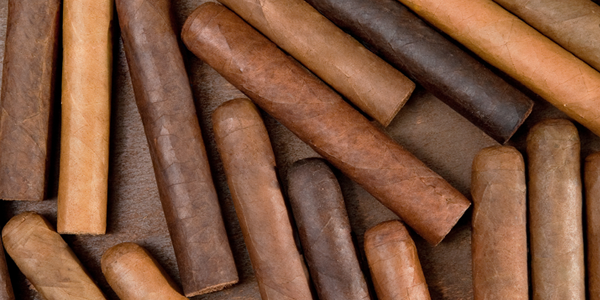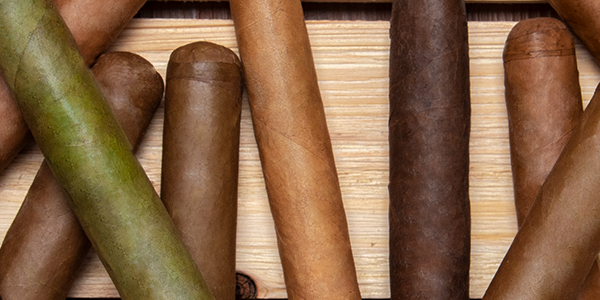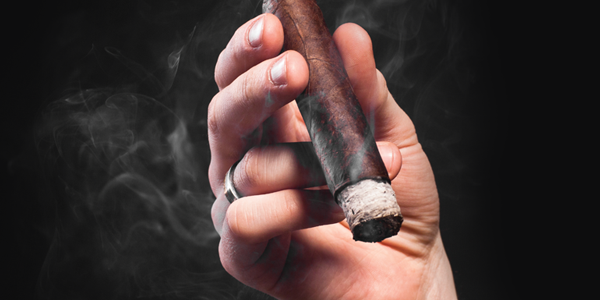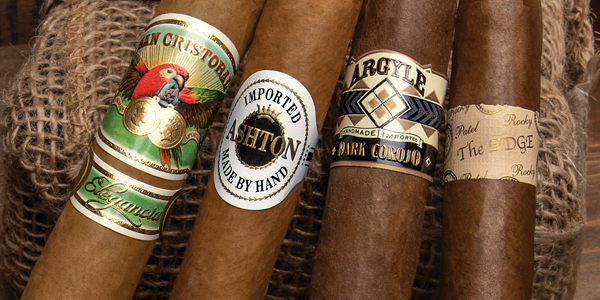What Is Cigar Color Grading?
It might be the last thing you look for, but it’s an indication that your cigars are being made with quality in mind. You won’t know until you smoke it if a cigar is plugged. You have to light it to tell if it will burn evenly or unravel. But you can look to see that your cigars are all the same color. If they are, especially in the case of Cuban cigars, you’re one step closer to an enjoyable experience.
What Is Cigar Color Grading?
When cigars are made, one of the important steps taken by a reputable maker is to separate the wrapper leaves according to the colors and shades. Then, once the cigars are rolled, those cigars are again inspected and grouped together according to about seven different color grades and 65 or more different shades. Shade covers gradations, like light yellow to darker yellow, within one color. The person who does this is a color grader.
Is Color Grading Important?
Now, the experts will tell you, while the significance of the cigars all being the same color is fairly superficial in that the color of the wrapper leaf doesn’t affect the smoking experience, the uniformity of the color of the cigars in one box does play to the eye. It’s an aesthetic consideration. Personally, I agree with that most of the time, but when I’m looking at a specific cigar brand and vitola, I know what color it should be. If the cigars are not that color, I stay away from them.
That’s been my rule specifically with Cuban cigars. If, for example, I find a box of Partagás Serie D No. 4 Robustos at an airport duty-free store for a good price, I’m going to ask that the box be opened. I’m looking for a truly reddish-brown wrapper. If the wrapper color is browner, I’m not buying that box no matter how good a deal it might be. Generally, with cigars made in the Dominican Republic, Nicaragua, and Honduras, I’m a lot less concerned about color discrepancies.
Who Can Be a Color Grader?
Subtle differences in shade are generally indistinguishable to most people. Interestingly, those who can see a wider spectrum of color make the best color graders and they are usually women.
What Is the Color Grading Process?
At some operations, the cigars to be color graded are placed on a light-colored, or white table, in a well-lit room. This allows for the greatest contrast. Once each cigar has been selected according to color and shade, it’s placed with others. When you visit a cigar factory, you might see shelves with different bunches of cigars tied together with paper bands. This is where the cigars that have been color graded as similar are stored. After that, the cigars are banded and placed in boxes. This is a very time-consuming process that helps identify that the cigars you’re paying a lot of money for were made with quality as the highest concern.
Color Categories
Traditionally, the cigar industry has divided cigars into four different color categories.
- Candela is a sort of light green.
- Natural is a medium, sometimes reddish, brown. If the wrapper was grown in Africa it might also be called “Cameroon.”
- EMS, or English Market Selection, if the color is slightly browner than the natural.
- Maduro is generally reserved for a dark brown to black wrapper color.
But these categories are too limited. In reality, today’s industry doesn’t limit itself to these and has a different jargon for interpreting shades or colors. There are minimally six categories in this scheme, beginning with the lightest. Even these don’t cover all the possible colors and shades in the modern cigar industry, but they do offer a preliminary breakdown.
- Claro Claro is a light green, essentially Candela. This wrapper can convey a vegetal taste.
- Claro is a light tan color, usually grown under shade tents, and is fairly neutral in flavor.
- Colorado, which is EMS on the first scale, is brown to reddish-brown. It’s usually shade-grown and is rich in flavor, but light in aroma.
- Natural is light brown to brown and is primarily sun-grown. It is comparable to EMS in the first grouping.
- Maduro, meaning “ripe,” refers to the fermentation and aging process needed to make a rich, dark-brown wrapper that is often fairly sweet.
- Oscuro means “dark” and is also called “negro” or black in the regions that produce this wrapper, like Mexico. This leaf is usually left on the plant the longest before being cured and fermented.
In some explanations of color grading, you’ll also see Colorado Claro, Colorado Rosado, Colorado Maduro Habano, and Colorado Maduro. So, are there four, six or, like, 10 different colors? Well, the important thing is that however many there are, in the end, you’ll want to open any box you’re interested in buying and seeing for yourself that the cigars are very close in color to one another.







